Sheikh Hasina: why ousted Bangladesh PM has been sentenced to death
The country’s longest-serving leader ordered the ‘ruthless, state-led crackdown’ on protesters and faces extradition from India
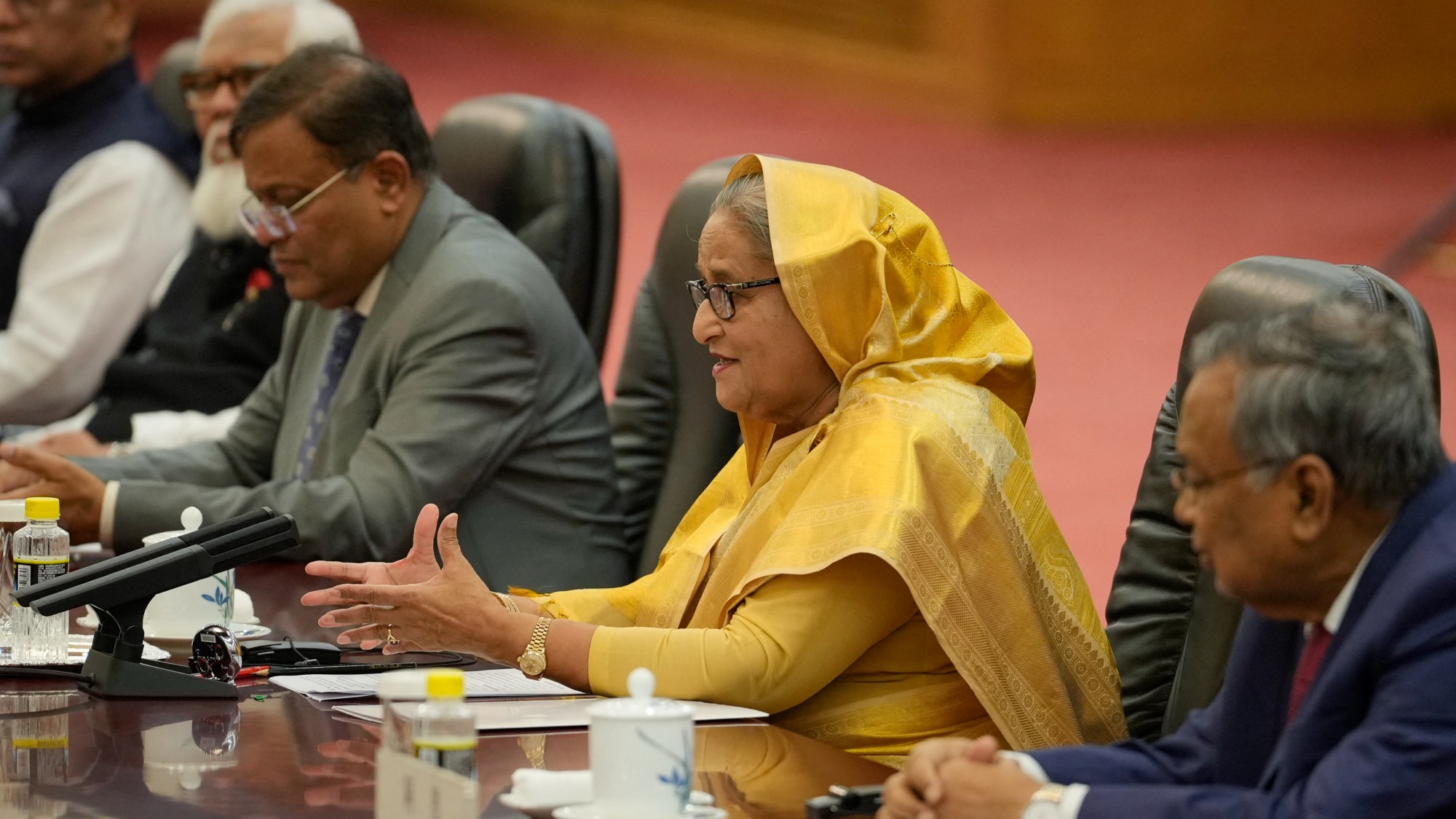
Sheikh Hasina, the former prime minister of Bangladesh, has been sentenced to death for her role in the deadly crackdown on protesters last year.
The months-long trial found that she had ordered the violence against the student-led uprising in 2024, which resulted in more than 1,400 deaths and thousands of injuries.
Hasina, who is in exile in India, faced five charges in absentia, primarily related to inciting the murder of the protesters and including ordering the use of lethal weapons, drones and helicopters to suppress the unrest. She denied the charges.
The Week
Escape your echo chamber. Get the facts behind the news, plus analysis from multiple perspectives.

Sign up for The Week's Free Newsletters
From our morning news briefing to a weekly Good News Newsletter, get the best of The Week delivered directly to your inbox.
From our morning news briefing to a weekly Good News Newsletter, get the best of The Week delivered directly to your inbox.
Who is Sheikh Hasina?
Hasina is the eldest daughter of the “founding father” of Bangladesh, Sheikh Mujibur Rahman, who was instrumental in the country gaining independence in 1971. She was forced into exile in India in 1975 following the assassination of her father, mother and three brothers in a military coup.
Hasina’s political journey is a “story of tragedy, exile and power, inextricably linked to the history of her home country itself”, said CNN. Having returned to Bangladesh from exile in 1981 to lead her father’s Awami League, she became prime minister in 1996, presiding over “significant economic development” but with “accusations of corruption, democratic backsliding, authoritarianism and human rights abuses”.
Like in her early years, Hasina has been in self-imposed exile in India since 5 August. She was “last photographed pulling suitcases across a military airbase” with her sister Sheikh Rehana before boarding a “military plane bound for Delhi”, said The Times.
Along with her former home minister and police chief, Hasina was convicted by Bangladesh’s International Crimes Tribunal, a court established by her government to try war criminals in the 1971 fight for independence.
A free daily email with the biggest news stories of the day – and the best features from TheWeek.com
Why was she convicted?
Today’s decision was “widely welcomed in Bangladesh, with the courtroom erupting in cheers as the verdict was read”, said Bloomberg.
A report by the UN estimated that 1,400 people were killed in a three-week period of protests between 15 July and 5 August, with “thousands” injured. The “vast majority” were shot by Bangladesh’s security forces. “As many as 12-13%” of those killed were children.
Many people saw Hasina’s 15 years in power in her second term as a “reign of terror”, said The Guardian. Her tenure, as both the longest-serving prime minister (1996–2001 and 2009–2024) and also the longest-serving female leader in the world, was “marred by allegations of corruption, torture and enforced disappearances”.
Following the student protests over civil service job quotas in 2024, she led a “ruthless, state-led crackdown”. This was the “worst political violence in Bangladesh since its 1971 independence war”.
What happens now?
Today’s sentence is “likely to put pressure on the Indian government to extradite Hasina to Bangladesh”, said Bloomberg. There is an extradition agreement between New Delhi and Dhaka. Bangladesh’s interim government “formally requested her return” last year, though Indian officials didn’t respond.
The verdict could “set off a wave of political chaos” in the lead up to Bangladesh’s national elections, expected to take place in February, said CNN.
Hasina’s son and adviser, Sajeeb Wazed, warned that supporters of his mother might block February’s election and protests risk escalating into violence if the current ban on the Awami League is not lifted.
Will Barker joined The Week team as a staff writer in 2025, covering UK and global news and politics. He previously worked at the Financial Times and The Sun, contributing to the arts and world news desks, respectively. Before that, he achieved a gold-standard NCTJ Diploma at News Associates in Twickenham, with specialisms in media law and data journalism. While studying for his diploma, he also wrote for the South West Londoner, and channelled his passion for sport by reporting for The Cricket Paper. As an undergraduate of Merton College, University of Oxford, Will read English and French, and he also has an M.Phil in literary translation from Trinity College Dublin.
-
 Pakistan: Trump’s ‘favourite field marshal’ takes charge
Pakistan: Trump’s ‘favourite field marshal’ takes chargeIn the Spotlight Asim Munir’s control over all three branches of Pakistan’s military gives him ‘sweeping powers’ – and almost unlimited freedom to use them
-
 Codeword: December 6, 2025
Codeword: December 6, 2025The daily codeword puzzle from The Week
-
 Sudoku hard: December 6, 2025
Sudoku hard: December 6, 2025The daily hard sudoku puzzle from The Week
-
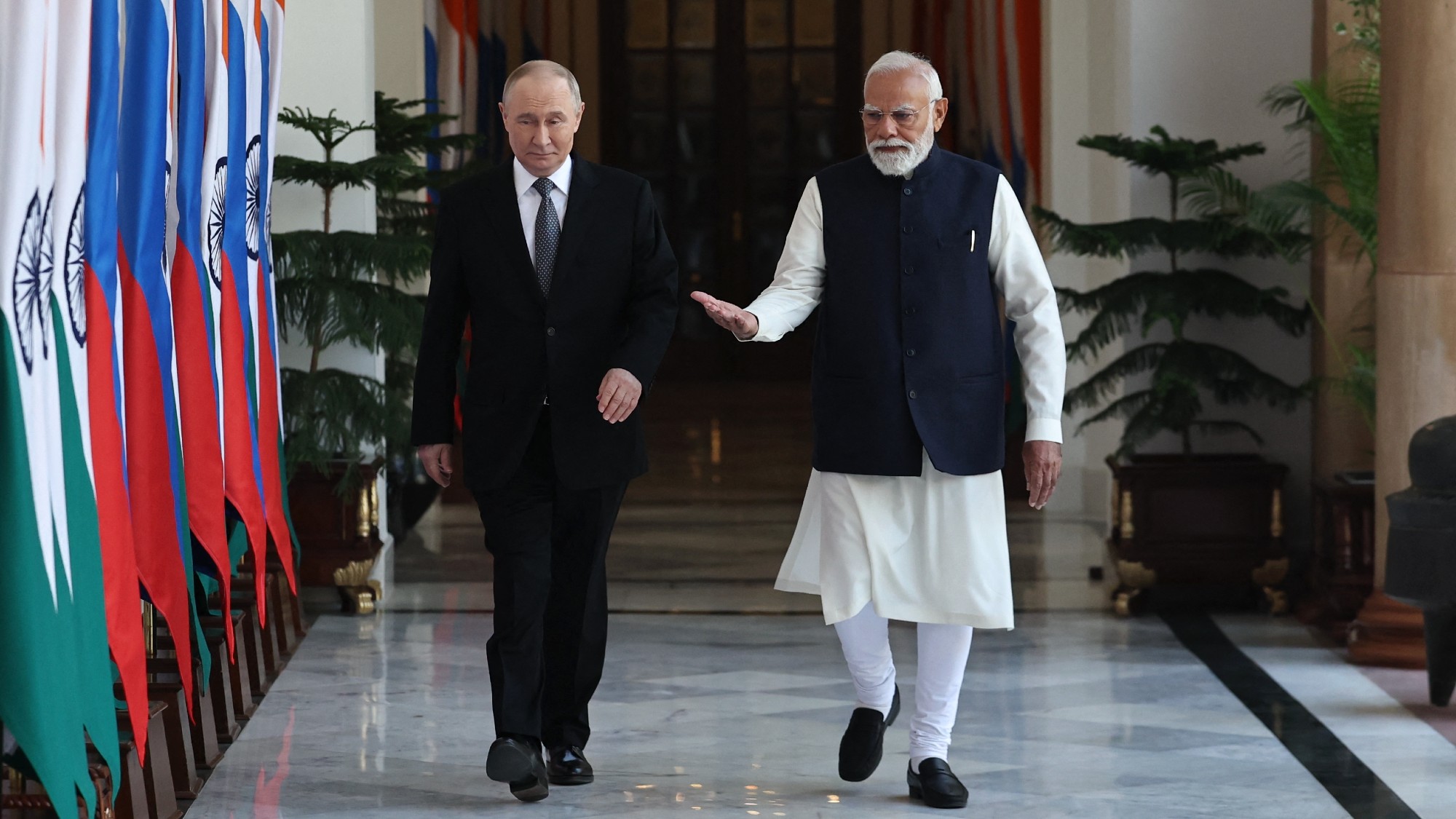 Is a Putin-Modi love-in a worry for the West?
Is a Putin-Modi love-in a worry for the West?Today’s Big Question The Indian leader is walking a ‘tightrope’ between Russia and the United States
-
 The US-Saudi relationship: too big to fail?
The US-Saudi relationship: too big to fail?Talking Point With the Saudis investing $1 trillion into the US, and Trump granting them ‘major non-Nato ally’ status, for now the two countries need each other
-
 US government shutdown: why the Democrats ‘caved’
US government shutdown: why the Democrats ‘caved’In the Spotlight The recent stalemate in Congress could soon be ‘overshadowed by more enduring public perceptions’
-
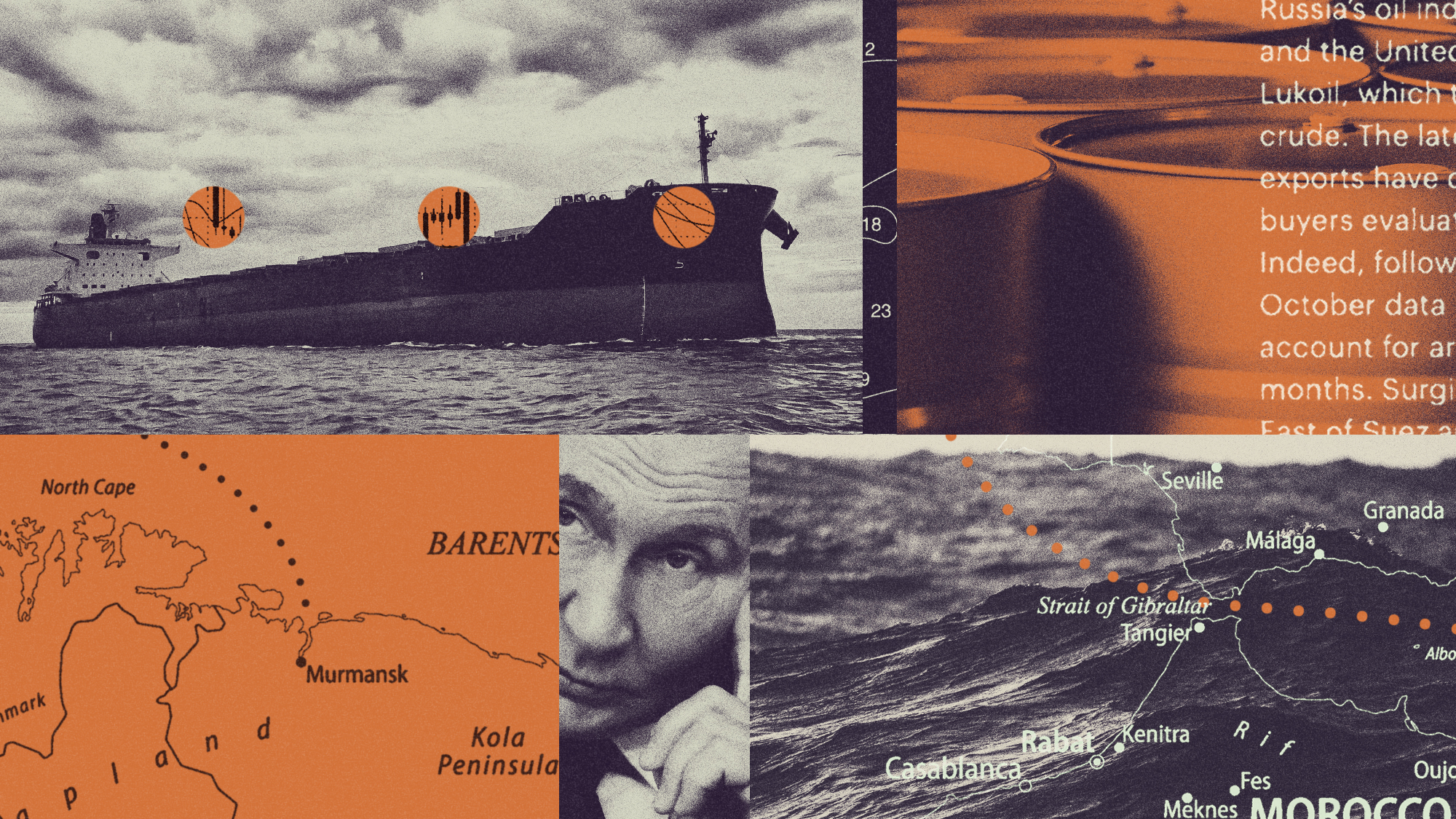 Defeating Russia’s shadow fleet
Defeating Russia’s shadow fleetThe Explainer A growing number of uninsured and falsely registered vessels are entering international waters, dodging EU sanctions on Moscow’s oil and gas
-
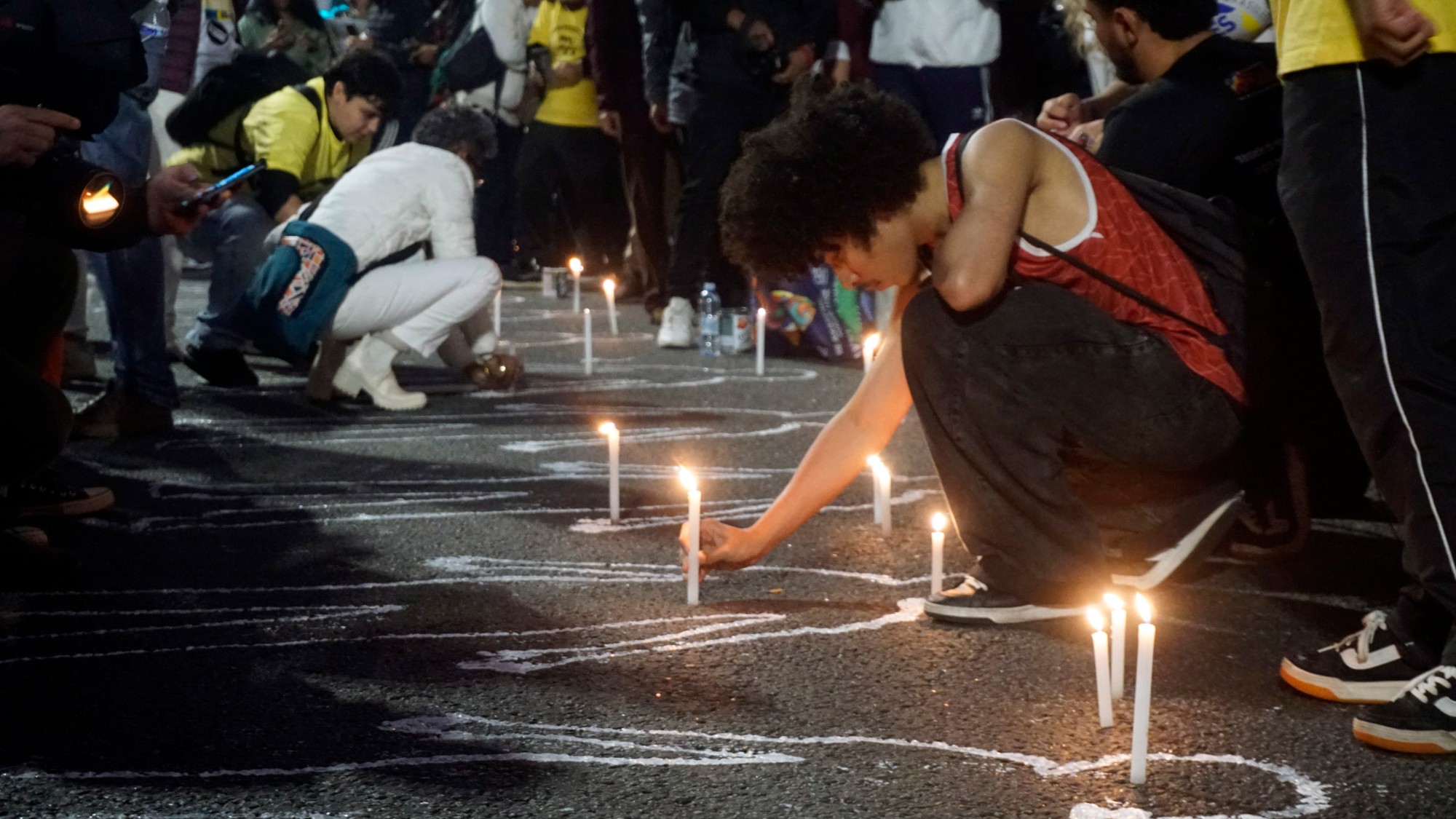 Massacre in the favela: Rio’s police take on the gangs
Massacre in the favela: Rio’s police take on the gangsIn the Spotlight The ‘defence operation’ killed 132 suspected gang members, but could spark ‘more hatred and revenge’
-
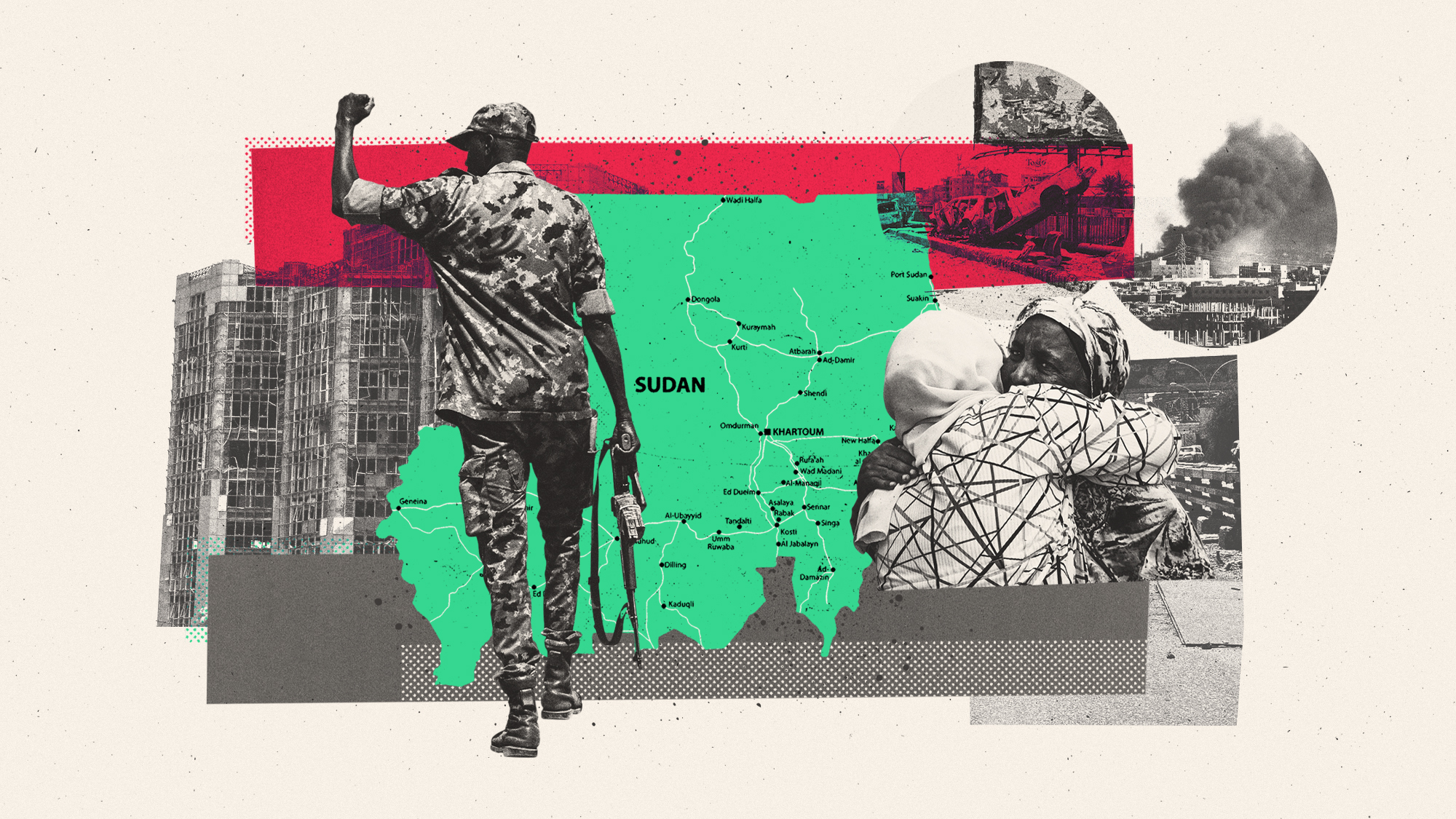 Is the UAE fuelling the slaughter in Sudan?
Is the UAE fuelling the slaughter in Sudan?Today’s Big Question Gulf state is accused of supplying money and advanced Chinese weaponry to RSF militia behind massacres of civilians
-
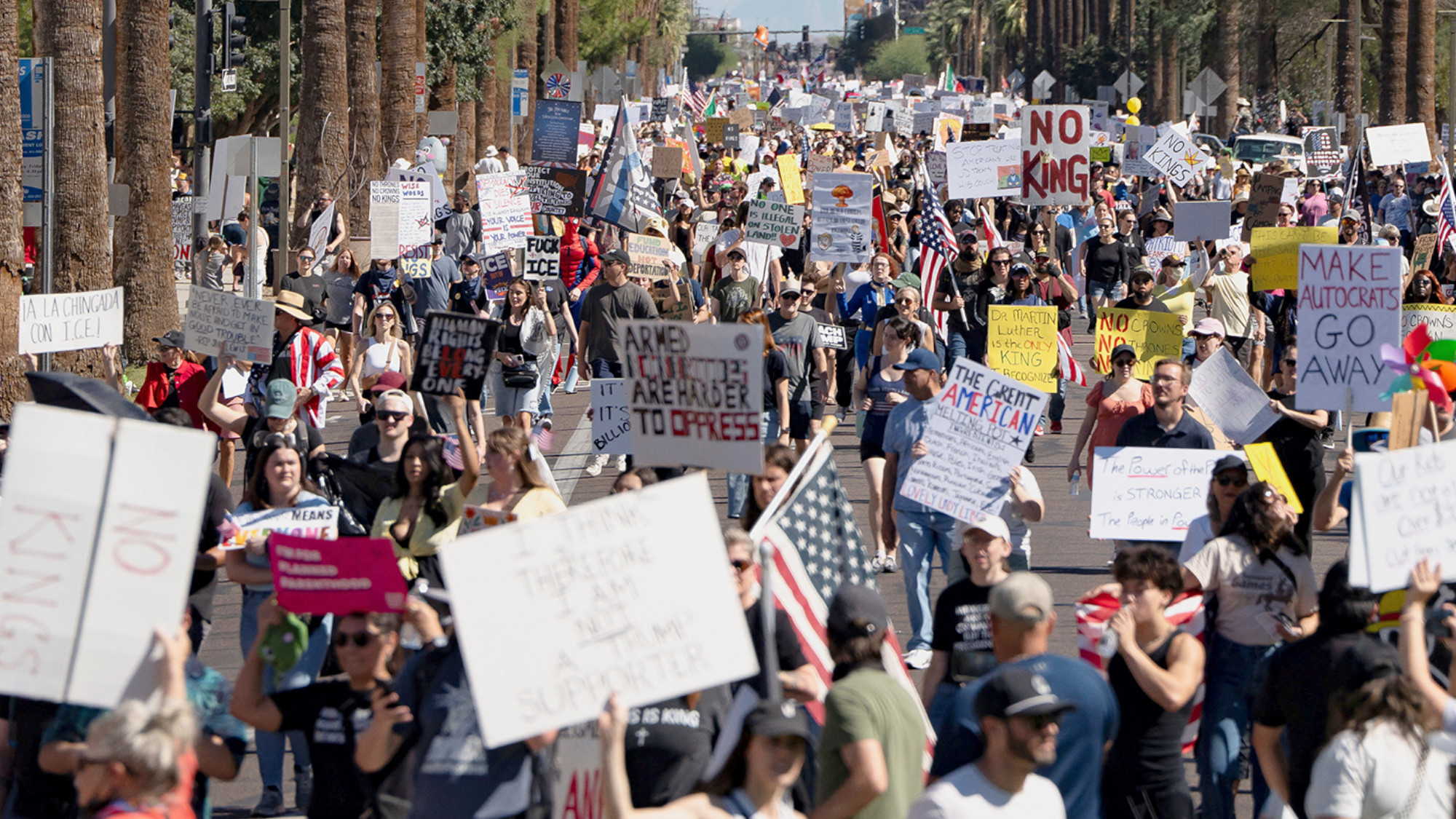 No Kings rally: What did it achieve?
No Kings rally: What did it achieve?Feature The latest ‘No Kings’ march has become the largest protest in U.S. history
-
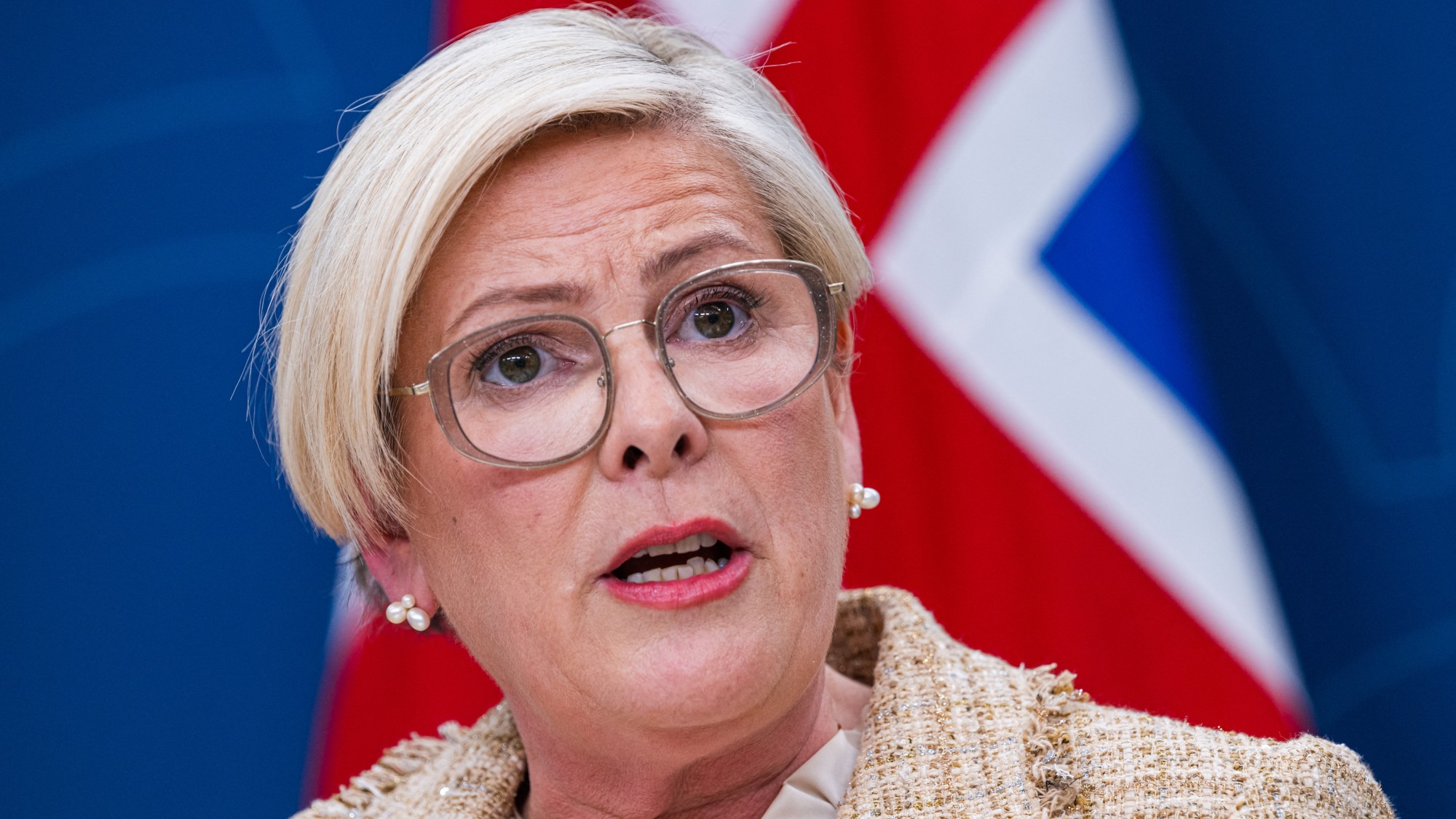 The Icelandic women’s strike 50 years on
The Icelandic women’s strike 50 years onIn The Spotlight The nation is ‘still no paradise’ for women, say campaigners